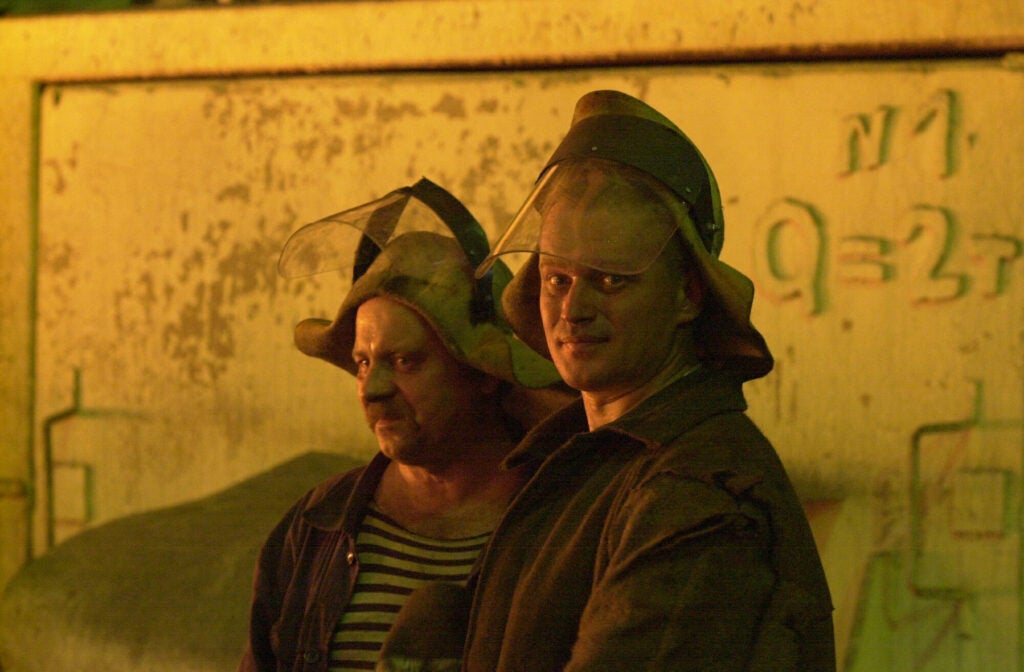The biggest question around the EU’s proposal to put levies on imports from countries with weak climate legislation is which countries are going to bear the biggest burden.
Energy Monitor’s Weekly Data shows Russian imports are the most heavily exposed, with more than $10bn worth of products covered annually by the carbon border adjustment mechanism (CBAM) proposal. The next most affected countries include China, the UK, Norway and Turkey, all of which have products worth more than or close to $5bn annually falling under the future carbon border tax.

Discover B2B Marketing That Performs
Combine business intelligence and editorial excellence to reach engaged professionals across 36 leading media platforms.
This analysis is based on trade data for the period 2015–19, prepared in August 2021 by resourcetrade.earth, an initiative of the British think tank Chatham House.

CBAM would affect countries with close geographical proximity to the EU the most, and these are not low-income or least-developed countries. Countries that are likely to face the steepest border adjustment costs are also ones without a national carbon price. For now this is most countries that export iron and steel, aluminium, fertilisers and cement to the EU (the first product groups the CBAM is targeting, along with electricity). They include Brazil, China, India, Russia, Turkey, Ukraine and the US.
Overall, 16.7% of all imports covered by CBAM are Russian and almost half of CBAM-covered imports would come from Russia, China, the UK, Norway and Turkey alone.
The reach of CBAM is due to expand going forward. Dutch centre-left MEP Mohammed Chahim, who is leading the legislation through the European Parliament, has said that organic chemicals, hydrogen and polymers should be covered by the mechanism.

US Tariffs are shifting - will you react or anticipate?
Don’t let policy changes catch you off guard. Stay proactive with real-time data and expert analysis.
By GlobalDataAt the same time, CBAM is facing pushback from international partners like the US and some member states like Germany. Many Chinese stakeholders have called CBAM a trade barrier, some going so far as to label it a protectionist move. Russian Deputy Prime Minister Alexander Novak has warned that CBAM could clash with global trade rules.
For European businesses, it should mean foreign companies bear equal carbon costs and there is no incentive to relocate production overseas to regions with looser carbon constraints – but not all businesses believe it will help them.
The EU hopes the mechanism will spur climate action and encourage carbon pricing beyond EU borders – importers that have paid a carbon price at home or in a third country would have their levy reduced accordingly. Countries could also respond to CBAM with retaliatory measures, however.





